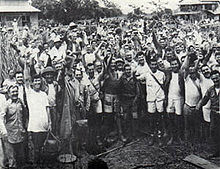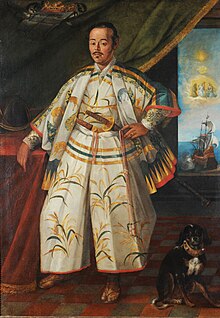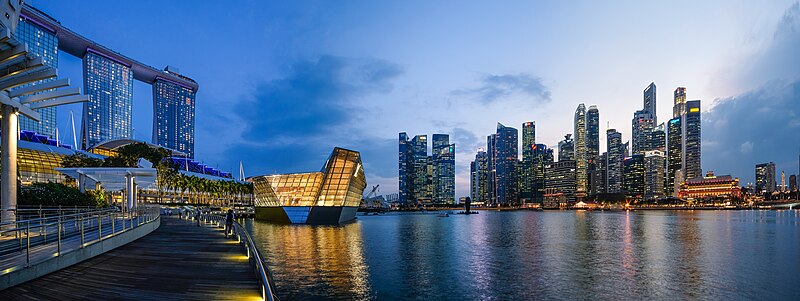Portal:Asia

 Asia (/ˈeɪʒə/ ⓘ AY-zhə, UK also /ˈeɪʃə/ AY-shə) is the largest continent in the world by both land area and population. It covers an area of more than 44 million square kilometers, about 30% of Earth's total land area and 8% of Earth's total surface area. The continent, which has long been home to the majority of the human population, was the site of many of the first civilizations. Its 4.7 billion people constitute roughly 60% of the world's population. Asia shares the landmass of Eurasia with Europe, and of Afro-Eurasia with both Europe and Africa. In general terms, it is bounded on the east by the Pacific Ocean, on the south by the Indian Ocean, and on the north by the Arctic Ocean. The border of Asia with Europe is a historical and cultural construct, as there is no clear physical and geographical separation between them. It is somewhat arbitrary and has moved since its first conception in classical antiquity. The division of Eurasia into two continents reflects East–West cultural, linguistic, and ethnic differences, some of which vary on a spectrum rather than with a sharp dividing line. A commonly accepted division places Asia to the east of the Suez Canal separating it from Africa; and to the east of the Turkish Straits, the Ural Mountains and Ural River, and to the south of the Caucasus Mountains and the Caspian and Black seas, separating it from Europe. China and India traded places as the largest economies in the world from 1 to 1800 CE. China was a major economic power for much of recorded history, with the highest GDP per capita until 1500. The Silk Road became the main east–west trading route in the Asian hinterlands while the Straits of Malacca stood as a major sea route. Asia has exhibited economic dynamism as well as robust population growth during the 20th century, but overall population growth has since fallen. Asia was the birthplace of most of the world's mainstream religions including Hinduism, Zoroastrianism, Judaism, Jainism, Buddhism, Confucianism, Taoism, Christianity, Islam, Sikhism, as well as many other religions. (Full article...) Featured articleThe Raid at Cabanatuan (Filipino: Pagsalakay sa Cabanatuan), also known as the Great Raid (Filipino: Ang Dakilang Pagsalakay), was a rescue of Allied prisoners of war (POWs) and civilians from a Japanese camp near Cabanatuan, Nueva Ecija, Philippines. On January 30, 1945, during World War II, United States Army Rangers, Alamo Scouts and Filipino guerrillas liberated more than 500 from the POW camp. After the surrender of tens of thousands of American troops during the Battle of Bataan, many were sent to the Cabanatuan prison camp after the Bataan Death March. The Japanese shifted most of the prisoners to other areas, leaving just over 500 American and other Allied POWs and civilians in the prison. Facing brutal conditions including disease, torture, and malnourishment, the prisoners feared they would be executed by their captors before the arrival of General Douglas MacArthur and his American forces returning to Luzon. In late January 1945, a plan was developed by Sixth Army leaders and Filipino guerrillas to send a small force to rescue the prisoners. A group of over 100 Rangers and scouts and 200 guerrillas traveled 30 miles (48 km) behind Japanese lines to reach the camp. (Full article...)Selected Country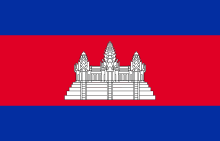 Cambodia, officially the Kingdom of Cambodia, is a country in Southeast Asia on the Indochinese Peninsula, spanning an area of 181,035 square kilometres (69,898 square miles), bordered by Thailand to the northwest, Laos to the north, Vietnam to the east, and the Gulf of Thailand to the southwest. The capital and most populous city is Phnom Penh. In 802 AD, Jayavarman II declared himself king, uniting the warring Khmer princes of Chenla under the name "Kambuja". This marked the beginning of the Khmer Empire. The Indianised kingdom facilitated the spread of first Hinduism and then Buddhism to Southeast Asia and undertook religious infrastructural projects throughout the region. In the fifteenth century, Cambodia experienced a decline of power, and in 1863, it became a protectorate of France. After a period of Japanese occupation during the Second World War, Cambodia gained independence in 1953. The Vietnam War extended into the country in 1965 via the Ho Chi Minh and Sihanouk trails. A 1970 coup installed the US-aligned Khmer Republic, which was overthrown by the Khmer Rouge in 1975. The Khmer Rouge ruled the country and carried out the Cambodian genocide from 1975 until 1979, when they were ousted in the Cambodian–Vietnamese War. The Vietnamese-occupied People's Republic of Kampuchea became the de facto government. Following the 1991 Paris Peace Accords which formally ended the war with Vietnam, Cambodia was governed by a United Nations mission (1992–93). The UN withdrew after holding elections in which around 90% of the registered voters cast ballots. The 1997 coup d'état consolidated power under Prime Minister Hun Sen and the Cambodian People's Party (CPP). While constitutionally a multi-party state, CPP dominates the political system and dissolved its main opposition party in 2017, making Cambodia a de facto one-party state. (Full article...)Featured biographyHasekura Rokuemon Tsunenaga (支倉 六右衛門 常長, 1571–1622) was a kirishitan Japanese samurai and retainer of Date Masamune, the daimyō of Sendai. He was of Japanese imperial descent with ancestral ties to Emperor Kanmu. Other names include Philip Francis Faxicura, Felipe Francisco Faxicura, and Philippus Franciscus Faxecura Rocuyemon in period European sources. In the years 1613 through 1620, Hasekura headed the Keichō Embassy (慶長使節), a diplomatic mission to Pope Paul V. He visited New Spain and various other ports-of-call in Europe on the way. On the return trip, Hasekura and his companions re-traced their route across New Spain in 1619, sailing from Acapulco for Manila, and then sailing north to Japan in 1620. (Full article...)General imagesThe following are images from various Asia-related articles on Wikipedia. Featured picture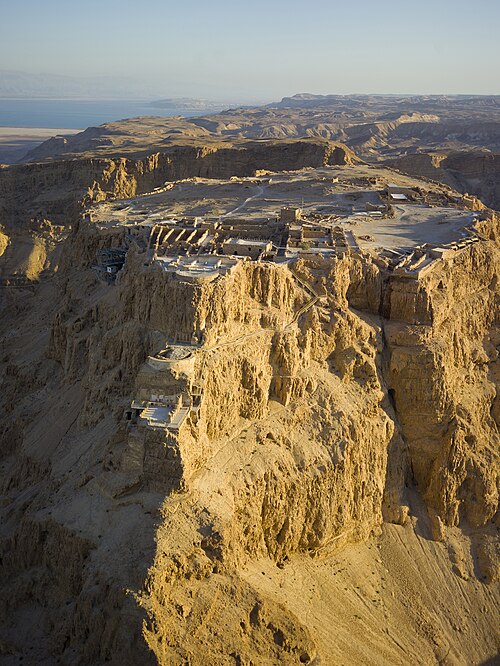 Credit: Photograph: Andrew Shiva An aerial view of Masada, an ancient fortification in the Southern District of Israel. Found atop an isolated rock plateau, it overlooks the Dead Sea. The first fortifications on the mountain were built by Alexander Jannaeus, and significantly strengthened by the Roman client king Herod between 37 and 31 BCE. During the First Jewish–Roman War of 66–73 CE, the fortress was besieged, falling only after the 960 Sicarii defending it committed mass suicide.
Masada is among the more popular tourist attractions in Israel, and in 2001 it was made a UNESCO World Heritage Site.
Did you know...
Updated: 6:33, 14 February 2024 In the news
Related portalsMajor Religions in Asia Middle East Central Asia and Surroundings Indian Subcontinent Southeast Asia East Asia Selected panorama
The Central Area of Singapore surrounded by the perimeter of five planning areas: the Marina Bay, the Downtown Core, Marina East, Marina South and Straits View. The area surrounding the bay itself, also called Marina Bay, is a 360 hectare extension to the adjacent CBD. It is also the new downtown of Singapore built on reclaimed land. TopicsCategoriesAssociated WikimediaThe following Wikimedia Foundation sister projects provide more on this subject:
More portalsShortcuts to this page: Asia portal • P:ASIA Purge server cache |

